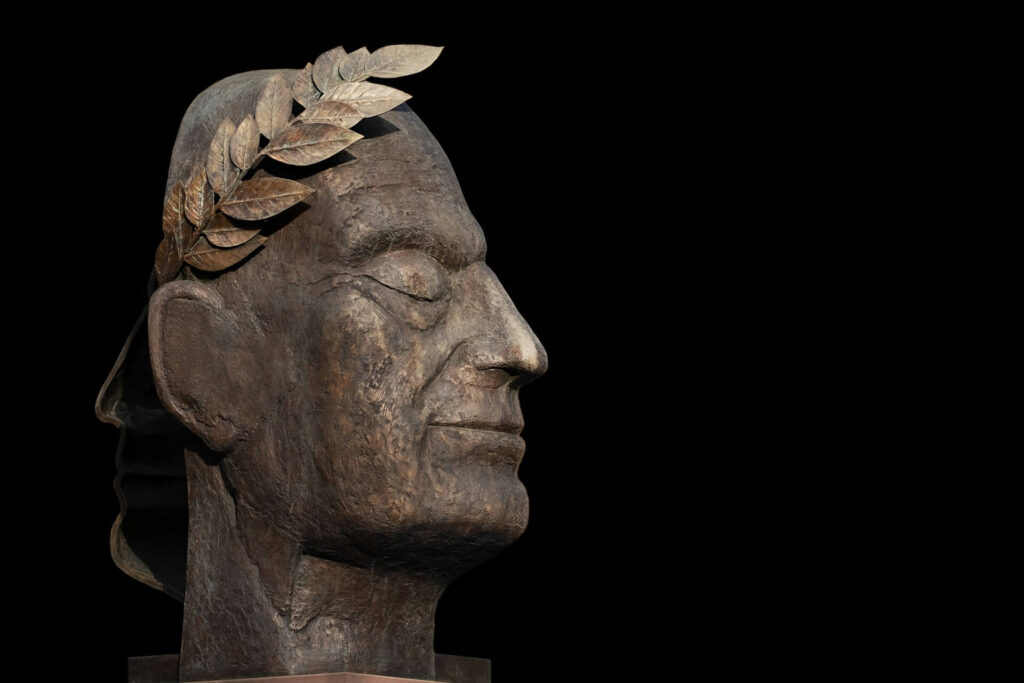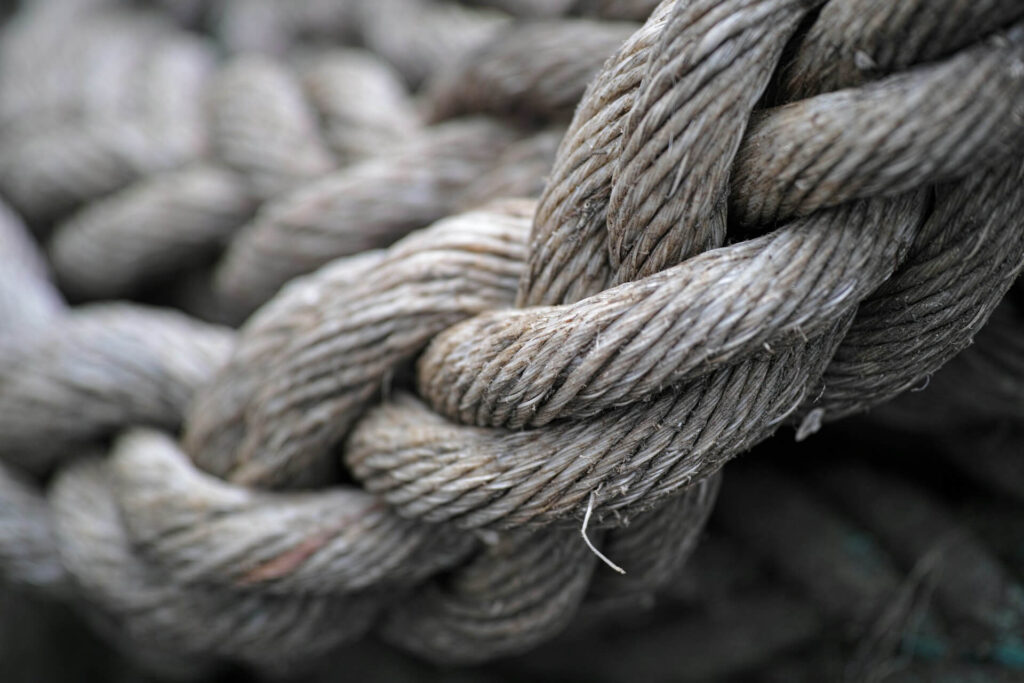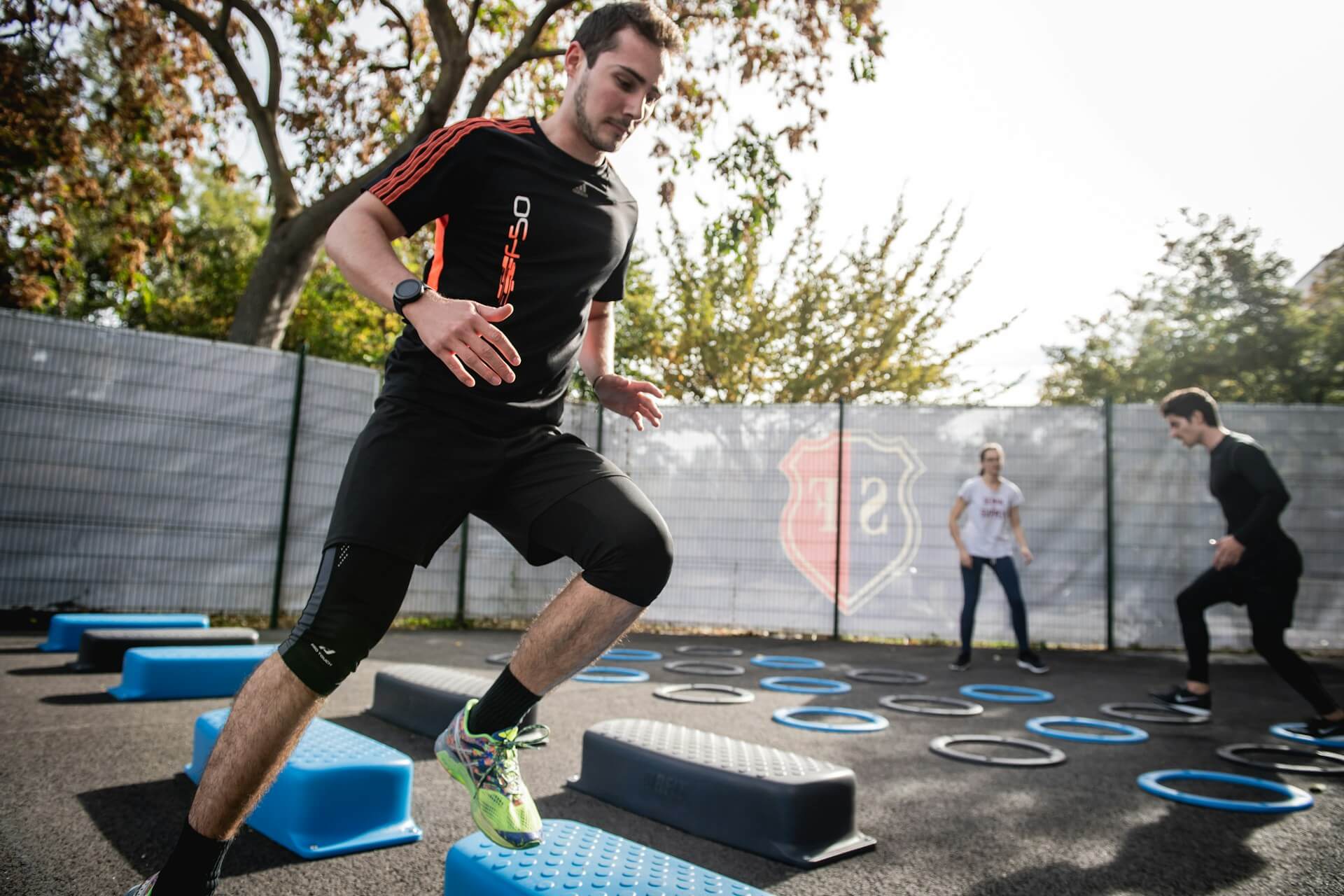Antique Aerobics: 6 Ancient Exercise Techniques
May 15, 2024

As an Amazon Associate, Modded gets commissions for purchases made through links in this post.
Exercise is integral to daily life, and people have believed it for centuries. The earliest civilizations found ways to work out even without a 24-hour gym on every corner. Athletic training and strength were priorities in the Roman Empire, as these entities needed strong soldiers. What were some of the ancient exercise techniques in Greece and Babylon? Here’s your guide to old-school fitness.
Did Ancient Civilizations Exercise?
Physical activity was more necessary in the old days because of the need for agriculture. Farmers worked long days to produce olives, grapes, wheat and other essential crops in Ancient Greece. The Greeks are only one of many people you can point to for fitness history.
These Mediterranean inhabitants believed exercise was necessary for society, and you can see this belief in their Olympic festivals. Plato — an ancient Greek philosopher — said humans needed physical activity and education to succeed. If you don’t get exercise, you destroy your good condition. Physical activity preserves your body in the short and long run.
The most prominent ancient exercise forum was the Olympic Games. People traveled from all over to watch the earliest forms of professional athletes show off their skills. These events included shot put, equestrian, running and other sports you still see today. The old Olympics even introduced the Pentathlon in 708 B.C. once wrestling became an official sport for the games.
6 Ancient Exercise Methods
While the Olympics were prominent, they don’t necessarily translate to ancient exercise techniques for the average person. Here are six examples of old fitness routines even in the old days.
1. Community Sports

People in Ancient Rome gathered in public baths for socialization and reading time. These forums also presented opportunities for physical activity and community sports. You won’t find a Madison Square Garden-type venue here, but you could gather your buddies and play sports.
While some civilizations limited female participation, men and women competed in various sports. For instance, the men gathered for boxing, weight lifting, running and wrestling. That doesn’t sound much different from what you see with modern male exercise techniques.
Both men and women played ball sports, even if they weren’t as popular as pickleball or modern-day football. Women typically favored swimming and trochus, a game where you roll hoops on the ground.
2. Cauldron Lifting

Exercise has hardly ever been conventional. Some ancient exercise methods were unorthodox but provided big-time results. Have you ever tried to lift a cauldron? This strategy was prominent in Ancient China as the men discovered how to elevate their physical education. Lifting heavy objects was commonplace, but cauldron or ding lifting was among the most peculiar.
This Ancient Chinese sport grew because cauldrons were one of the heaviest objects in your home. In the Warring States period, martial artists tested their strength by lifting dings alone or with a partner. How much did these objects weigh? Scholars say the cauldrons could weigh several hundred pounds, leading to back-breaking work. Imagine having a ding-lifting contest at your local gym with the boys.
3. Primitive HIIT
High-intensity interval training is a relatively new concept you can find at fitness centers. Some guys do HIIT because it saves time while burning calories and providing a full-body workout. You can find a HIIT group at a local gym, but the idea goes way back to Ancient Rome because of Seneca the Younger.
Seneca was a jack of all trades, with philosophy being his most famous attribute. Additionally, he wrote satire and plays to contribute to early art forms. The famous Roman statesman also had thoughts on exercise and influenced ancient civilizations. Seneca said exercise shouldn’t be strenuous because there was no point. Instead, he recommended short bursts of workouts to take it easy. Could Seneca have launched a successful HIIT class in Ancient Rome?
4. Rope Climbing

Imagine you’re in a physical education class, and your coach says it’s time to climb the rope. It seems like this task isn’t as prominent anymore, but it’s still enough to strike fear into your heart. Climbing up the rope is challenging unless you have superior upper body strength. Where did this exercise technique come from? As it turns out, the Ancient Greeks were doing this task, too.
The rope climb originates with Claudius Galen, who moved from Greece to Rome in the second century. This historical figure was a health care pioneer, writing books about medicine and bodily temperament. Galen said rope climbing was critical for measuring a person’s physical fitness because it determines how much energy you have. Ancient civilizations often used rope climbing competitions to test their soldiers and ensure peak physical performance.
5. Ballistic Training
Primitive technology meant ancient exercise included any means possible to get fit. Ballistic training was a common denominator across Ancient Greece, Rome and other civilizations. Ammunition didn’t exist back then, so none of these sports included ballistic armor or bullets. This training included much of what you see in track and field events at the Summer Olympics.
For example, the earliest form of shot put came from Ancient Greece, where people threw stones as a sport. The ancient exercise technique had similarities to modern events as the athletes threw stones from their shoulders with only one hand. Greek athletes also threw discs, javelins and tree trunks to show their feats of strength.
6. Hindu Squats
Skipping leg day is a bad idea, and Indian wrestlers avoided lower-body peril with Hindu squats. Wrestling has existed in India for centuries as a primary strategy for staying fit. How did these ancient people use Hindu squats for their regimen?
Squats are one of the best routines for your lower body while simultaneously strengthening other regions. Wrestlers need superior lower body strength to aid their stability, so Hindu squats are just what the personal trainer ordered.
Hindu squats look similar to the regular version, with your arm movements being the main difference. Lower your body like normal and extend your arms behind you. Raise your arms to be straight in front as you rise up. Imagine getting your body ready to jump without lifting yourself — that’s what a Hindu squat feels like.
Ancient Exercise Methods to Get Fit
Fitness is more accessible today with peer-supported research and professional trainers to kickstart your routine. However, ancient civilizations lacked those luxuries and cultivated exercise methods anyway. While some routines seem unorthodox, other regimens are still visible today. Hindu squats a






